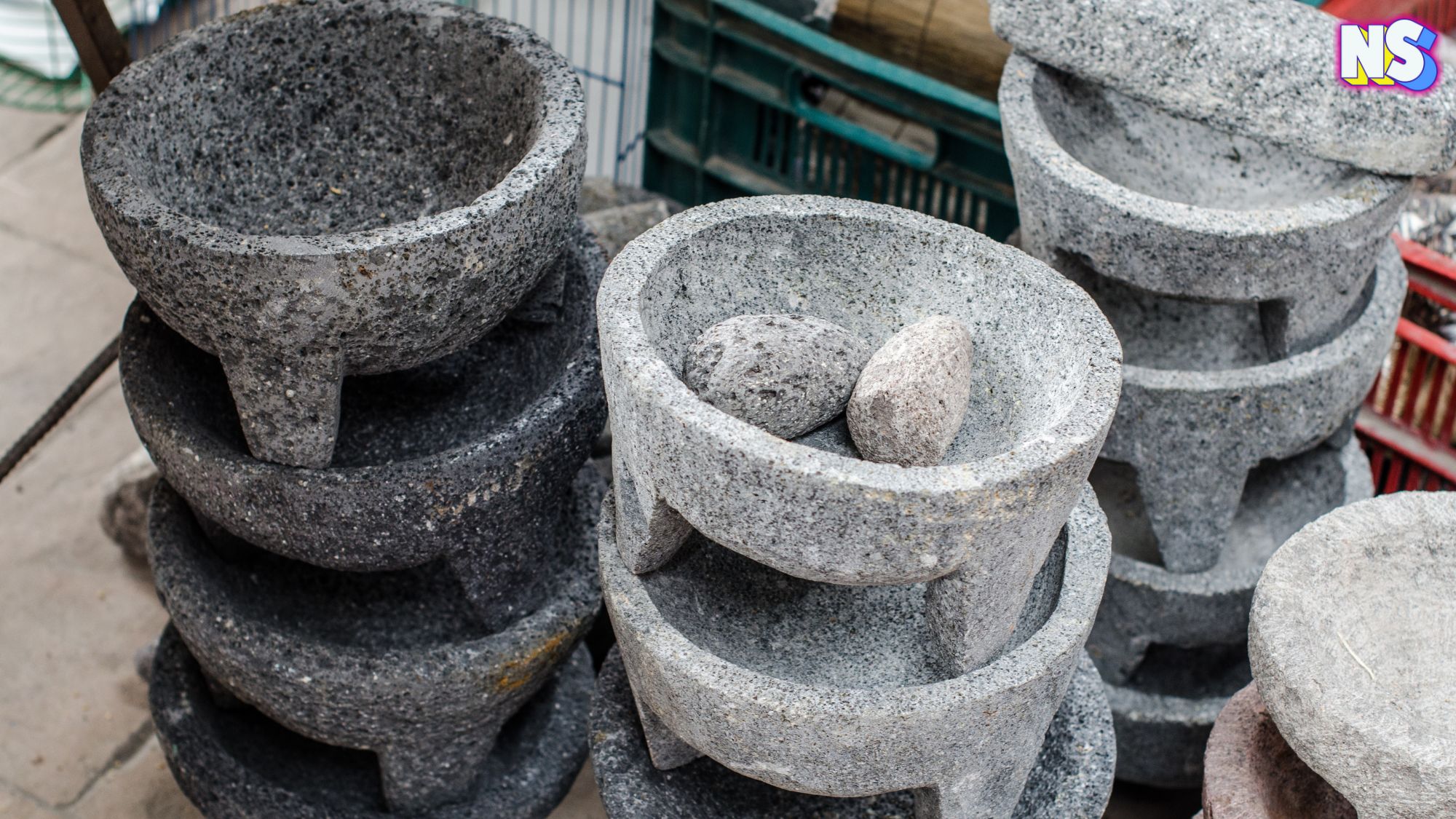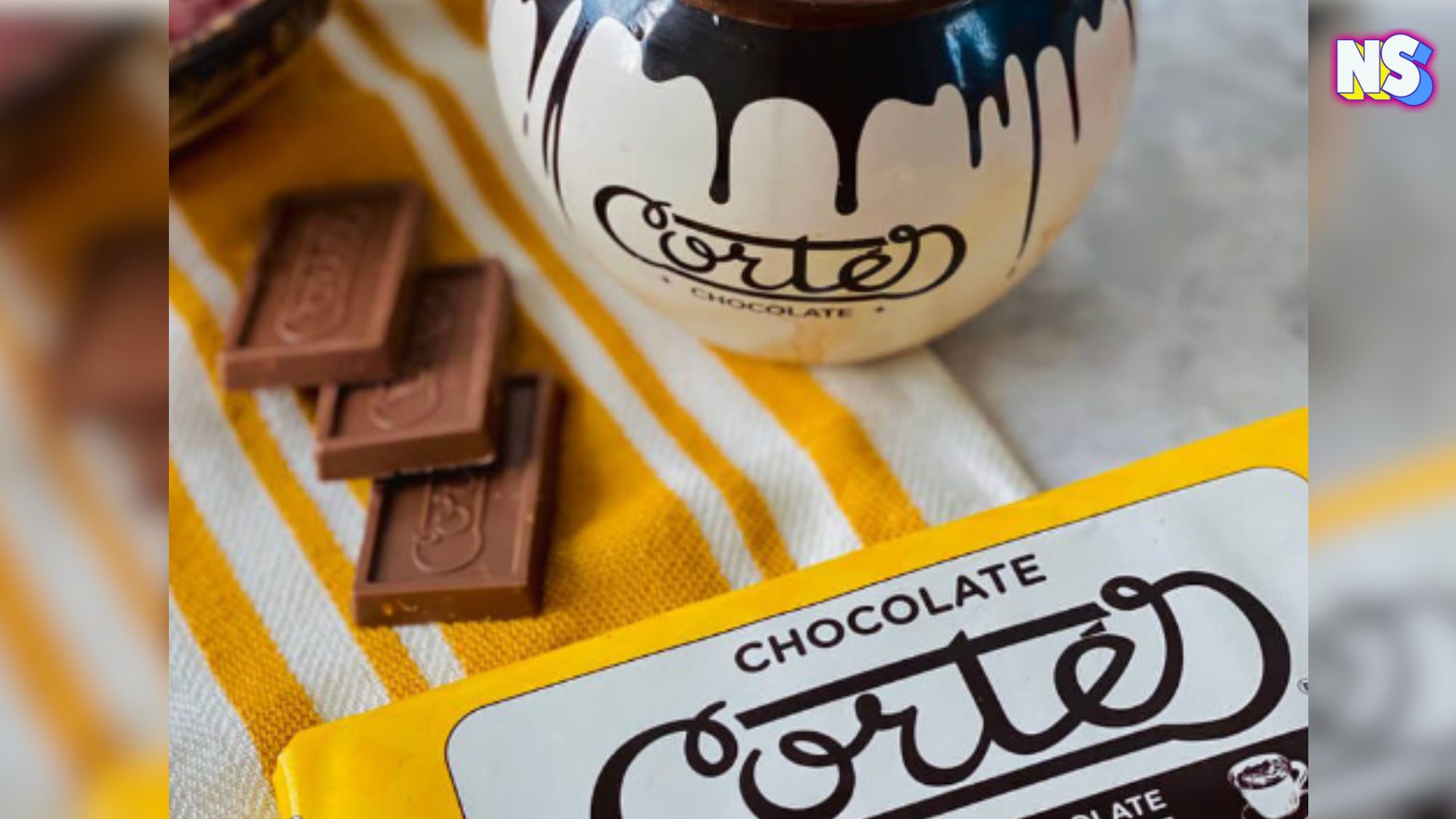It was used thousands of years ago. And today, the molcajete can still be found in kitchens around the world. In fact, it’s one of the only modern Mexican kitchen tools with a culinary history that stretches back to ancient Mesoamerica. The molcajete is the OG mortar and pestle, but this grandaddy of cooking is typically made from volcanic rock. Yeah, it’s not just a kitchen utensil. It’s the star of Mexican culinary heritage. This is why we set out to find an authentic molcajete.
An Authentic Molcajete
The first authentic molcajete was literally ancient, dating back to pre-Hispanic Mesoamerican cultures, including the Aztec and Maya. Like cooks today, members of these civilizations used it for grinding various food products, such as spices, chiles, and herbs.
Even the term “molcajete” is ancient. It comes from the Nahuatl language, spoken by the Aztecs. “‘Molcajete’ is derived from the ancient Náhuatl language of the central Mexican highlands (where lava rock is found) and is a combination of words meaning ‘sauce’ and ‘bowl’ (no surprises there),” the site Obakki writes.
What Is a Molcajete Made Of?
Traditionally, molcajetes are carved out of a single block of vesicular basalt, a volcanic rock. This material is rich in minerals like iron and magnesium. The molcajete’s rough surface creates an excellent grinding surface that maintains itself over time. The matching hand-held grinding tool, called a tejolote, is also made of basalt.
However, there are many imitations these days. Some molcajetes are now made of cement, which foodies say lacks the unique mineral flavor of true volcanic rock.
“The volcanic rock is said to give the food a unique mineral flavor impossible to achieve with modern cookware,” Mexico News Daily writes. “If you’ve ever eaten salsa or guacamole straight out of a molcajete, you know what I’m talking about.”
Finding Authentic Molcajetes Today
To tell the difference between real and a fake molcajete, look and feel it first. The darker and heavier molcajete is usually the real deal, while the lighter colored, and less heavy, molcajete is the fake made out of cement. Local artisanal vendors tend to sell the volcanic rock ones.
When buying a molcajete, avoid big chain stores and opt for local artisanal shops in Mexico. Authentic molcajetes are worth the investment. They’re usually handmade and made of genuine volcanic rock.
“To make a molcajete, the artisan rounds the volcanic stone with love and tenacity.” Mexico Travel and Leisure explains. “Towns like San Salvador el Seco and Comonfort in Guanajuato are specialists in elaborating such beautiful kitchen utensil that gives a special flavor to Mexican sauces.”
Once you’ve brought home the perfect, and hopefully authentic molcajete, remember to cure it before use by grinding uncooked white rice in it until the rice flour shows no visible grains of basalt. Mexican abuelas assure us that this initial seasoning will ensure the best results from their favorite ancient, and modern, kitchen utensil.





